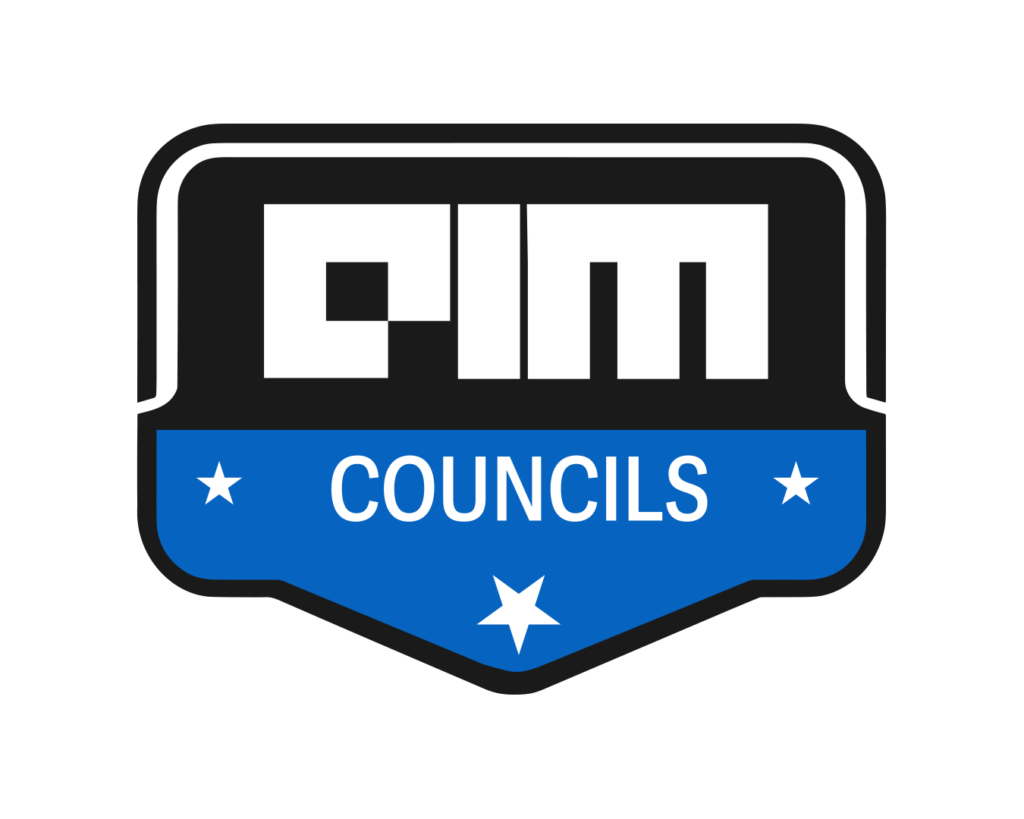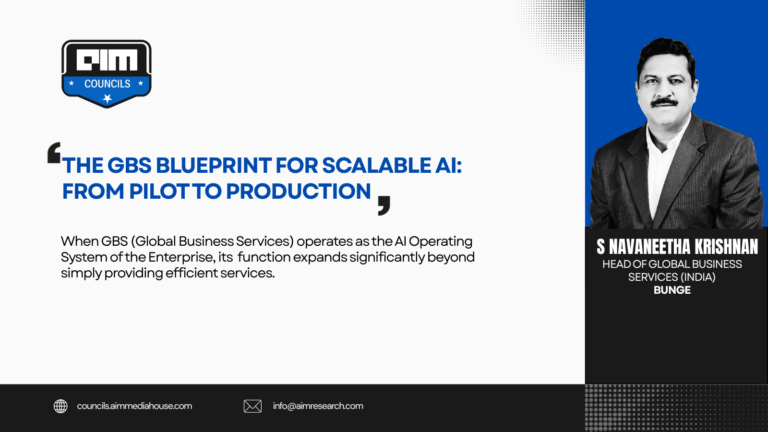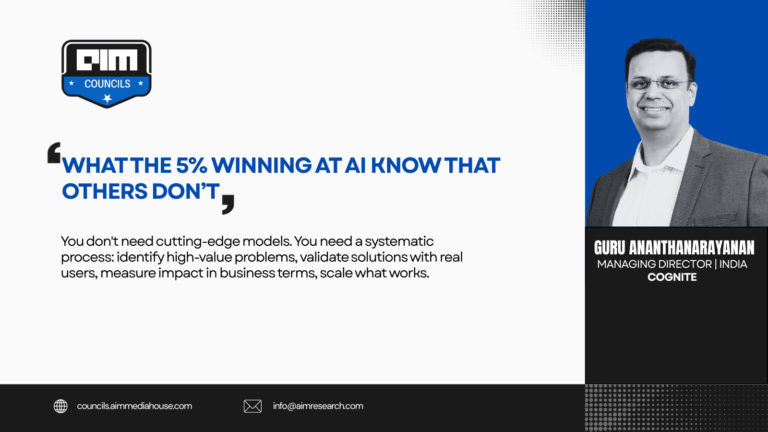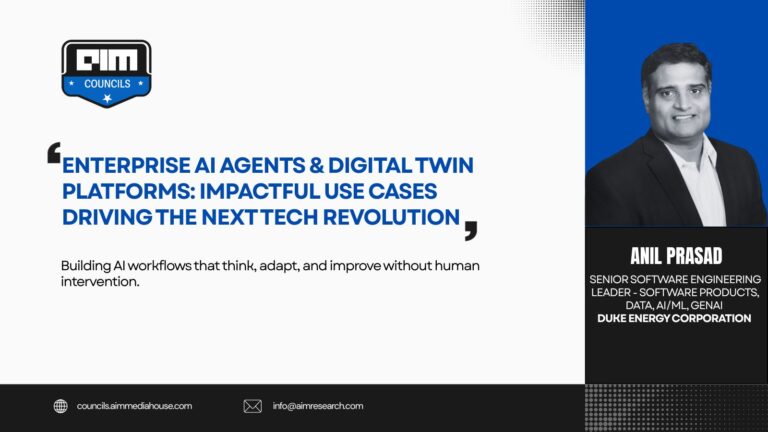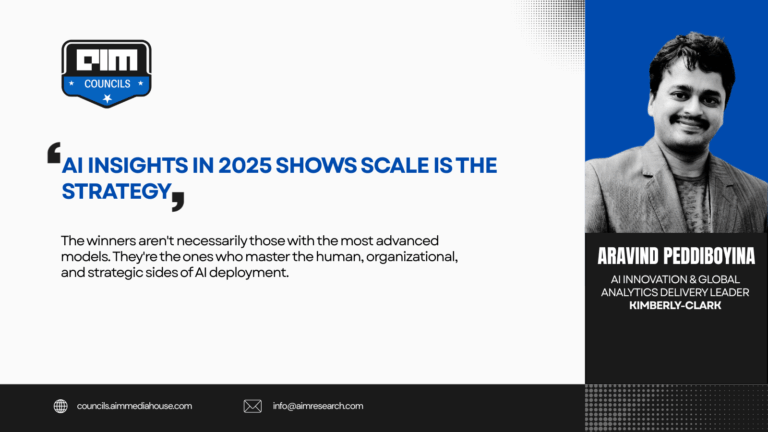“The future is already here — it’s just not evenly distributed.” — William Gibson
Last week, while attending the CDO Vision event in Dallas, I found myself in numerous conversations about artificial intelligence and organizational transformation. These discussions revealed something striking: while several executives claimed their organization was “AI First,” the reality on the ground told a different story. Many companies appear to be “AI Hyped” rather than truly “AI First” in their approach and execution.
Gibson’s quote resonates deeply in this context—the future of AI-driven business is indeed here, but its distribution across industries and organizations remains wildly uneven. Some companies have fundamentally transformed their operations around AI capabilities, while others have merely deployed AI tools in isolated pockets without reimagining their core business.
In today’s rapidly evolving business landscape, merely adopting AI technologies is no longer enough to maintain competitive advantage. The true differentiator lies in becoming an authentically “AI First” organization—one where artificial intelligence isn’t just a tool or initiative but the foundational mindset driving every aspect of business strategy and execution.
As I observe the market leaders revolutionizing their industries through AI, I’ve identified several hallmarks that separate truly AI First organizations from those merely implementing AI solutions in silos or chasing the latest hype. This distinction will increasingly determine which companies thrive and which struggle to remain relevant in the coming decade.
The 12 Hallmarks of a True AI First Organization
1. Pervasive Integration
AI is integrated into every aspect of the business and every workflow.
In AI First organizations, artificial intelligence isn’t confined to specific departments or initiatives. Rather, it’s woven into the fabric of operations across all business functions—from customer service to product development, human resources to finance. These organizations recognize that AI’s true power emerges when it enhances every workflow, creating a multiplier effect throughout the enterprise.
2. AI-Driven Opportunity Evaluation
Before embarking on any opportunity, employees are empowered and encouraged to consider AI’s potential role.
When new opportunities arise, the first question isn’t just “Can we do this?” but “How can AI help us do this better?” This mindset shift transforms how teams approach challenges and pursue innovation. Employees habitually evaluate AI’s potential application before proceeding with any new initiative.
3. Clear Path to Monetization
AI is embedded in products and services with a clear line to monetization.
True AI First organizations don’t implement AI for its own sake. They strategically integrate it into their offerings in ways that directly enhance customer value, operational efficiency, or create entirely new revenue streams. Every AI investment has a clear path to ROI.
4. AI as a Core Competency
AI is considered a key development skill, with both inclusion and innovation encouraged.
These organizations invest heavily in upskilling their workforce, democratizing AI capabilities across teams while simultaneously fostering specialized expertise. They create environments where everyone can participate in the AI transformation while recognizing and nurturing exceptional talent in this domain.
5. Transformational Customer Experiences
AI is used to create transformational experiences for customers.
Rather than incremental improvements, AI First organizations leverage artificial intelligence to fundamentally reimagine the customer journey. They create experiences that weren’t possible before—predictive, personalized, and proactive engagements that delight customers and build lasting loyalty.
6. Strategic Centrality
AI is embedded in every strategy conversation.
At the highest levels of the organization, AI isn’t a technical consideration but a strategic imperative. Every leadership discussion—whether about market expansion, product development, or operational excellence—includes deliberate consideration of how AI can drive competitive advantage.
7. Proactive Governance
AI governance and compliance are NOT afterthoughts.
While many organizations rush to implement AI then scramble to address governance issues later, AI First organizations build ethical considerations, regulatory compliance, and risk management into their AI initiatives from day one. This proactive approach accelerates adoption while mitigating potential risks.
8. Rigorous Evaluation
AI explainability and evaluation are not afterthoughts.
Leading organizations establish robust frameworks for evaluating AI performance, understanding model behavior, and ensuring transparency where needed. They recognize that trust in AI systems—both internally and externally—depends on their ability to explain outcomes and continuously validate results.
9. AI-Enhanced Decision Making
AI is an integral part of decision-making processes.
Beyond providing insights, AI actively participates in decision-making throughout the organization. Leaders leverage AI to augment their judgment, reveal blind spots, model scenarios, and optimize complex decisions with more variables than humans can effectively process alone.
10. Enterprise-Wide Perspective
AI is not thought about locally (in silos in some business units), but globally.
True AI First organizations maintain a holistic view of their AI initiatives, ensuring coordination across business units, sharing of learnings, and avoidance of redundant efforts. They recognize that AI’s greatest value often comes from connecting previously disconnected aspects of the business.
11. Empathetic Implementation
Empathetic AI is not just a concept but reality.
Leading organizations design their AI systems with human needs at the center, ensuring technology enhances rather than diminishes the human experience. They build AI that understands context, respects human autonomy, and fosters meaningful connections rather than creating friction or alienation.
12. AI-Ready Data Foundation
Data is not just an asset—that’s table stakes. Data is AI-ready.
While most organizations recognize data as valuable, AI First companies go further by ensuring their data is structured, governed, and accessible in ways specifically designed to fuel AI systems. They’ve moved beyond data warehousing to create dynamic data ecosystems optimized for machine learning.
The Imperative to Act
The gap between AI First organizations and those merely experimenting with AI continues to widen. As AI capabilities advance exponentially, this disparity in approach will increasingly determine market leaders and followers.
Ask yourself: Where does your organization stand on this spectrum? Are you truly AI First, or are you implementing AI as a series of disconnected initiatives? The answer may determine your company’s relevance in the coming years.
The organizations that thrive won’t be those with the most advanced AI technologies but those that most effectively integrate AI thinking throughout their culture, strategy, and operations. The time to build an AI First organization isn’t someday in the future—it’s now.
What steps is your organization taking to become truly AI First?
